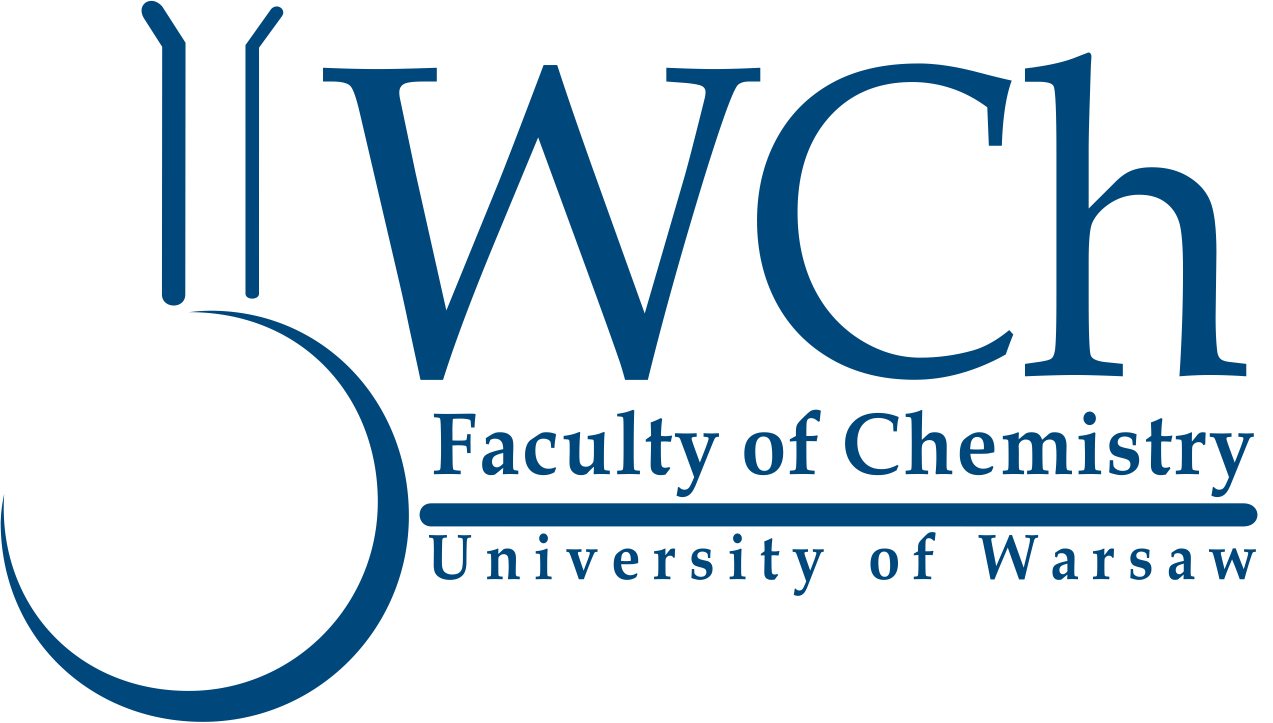26.04.2024 (FRIDAY)(SEMINAR) Davide Accomasso, PhD Faculty of Chemistry, University of Warsaw
23 04 2024
The Centre of New Technologies, University of Warsaw invites to a seminar by
Davide Accomasso, PhD
Faculty of Chemistry, University of Warsaw
Excited-state dynamics of carotenoids in photoresponsive and light-harvesting proteins
Date: 26th April 2024, Friday
Time: 12:00 pm (Central European Time)
Host: Professor Bartosz Trzaskowski
The seminar will be in the CeNT aula hall (00.142) on the main floor.
Abstract:
Carotenoids are natural polyenic pigments synthesized by photosynthetic organisms, such as plants, bacteria and algae. In these organisms, carotenoids can act both as light-harvesting pigments and photoprotective compounds. These natural functions of carotenoids are directly linked to the electronic states of such pigments, featuring a dark (non-fluorescent) first singlet excited state S1, a bright S2 state, and a number of additional states whose nature is still under debate [1]. Among them, a dark SX state was proposed to act as an intermediate in the S2 → S1 decay which follows the photo-excitation [2,3]. Moreover, spectroscopic investigations suggested that an additional singlet excited state, called S*, is formed before the relaxation to the ground state [4]. While SX appears to be involved in light harvesting, S* plays a role in photoprotection.
In this talk, I will show how simulations of the nonadiabatic excited-state dynamics, based on a semiempirical QM/MM technique and the surface hopping method [5], can uncover the nature of the aforementioned SX and S* states of carotenoids and their roles in photoresponsive and light-harvesting proteins. In particular, in the first part of the talk, I will show the results of excited-state dynamics simulations of lutein (one of the most abundant carotenoids in nature) in two different light-harvesting complexes of plants, namely LHCII [6] and CP29 [7]. Next, I will present nonadiabatic dynamics simulations of the keto-carotenoid canthaxanthin in the Orange Carotenoid Protein (OCP) [8], a photoresponsive protein employed by cyanobacteria for photoprotection.
References:
[1] T. Polívka and V. Sundström. Chem. Phys. Lett., 477 1 (2009)
[2] G. Cerullo, D. Polli, G. Lanzani, S. De Silvestri, H. Hashimoto, and R. J. Cogdell. Science, 298 2395 (2002)
[3] D. Accomasso, S. Arslancan, L. Cupellini, G. Granucci, and B. Mennucci. J. Phys. Chem. Lett., 13 6762 (2022)
[4] V. Mascoli, N. Liguori, P. Xu, L. M. Roy, I. H.M. van Stokkum, and R. Croce. Chem, 5 2900 (2019)
[5] G. Granucci, M. Persico, and A. Toniolo. J. Chem. Phys., 114 10608 (2001)
[6] L. M. Pedraza González, D. Accomasso, L. Cupellini, G. Granucci, and B. Mennucci. Photochem. Photobiol. Sci., 23 303 (2024)
[7] D. Accomasso, G. Londi, L. Cupellini and B. Mennucci. Nat. Commun., 15 847 (2024)
[8] A. Arcidiacono, D. Accomasso, L. Cupellini, and B. Mennucci. Chem. Sci., 14 11158 (2023)
